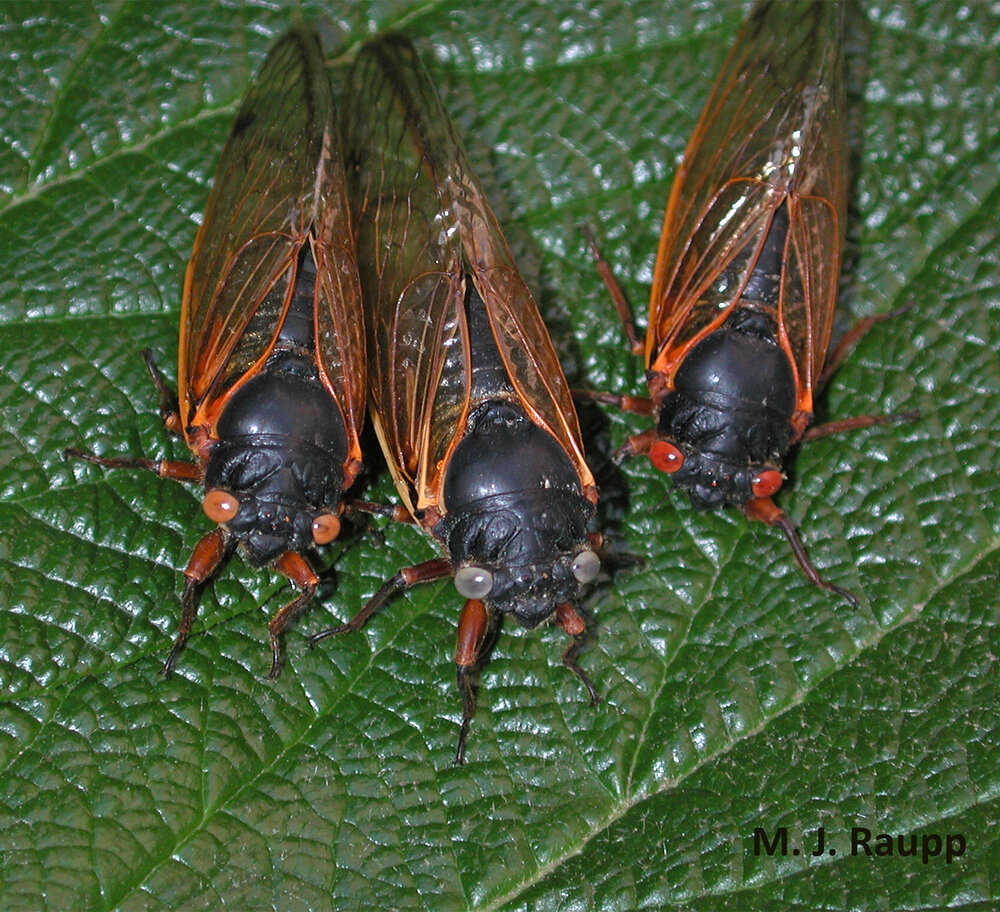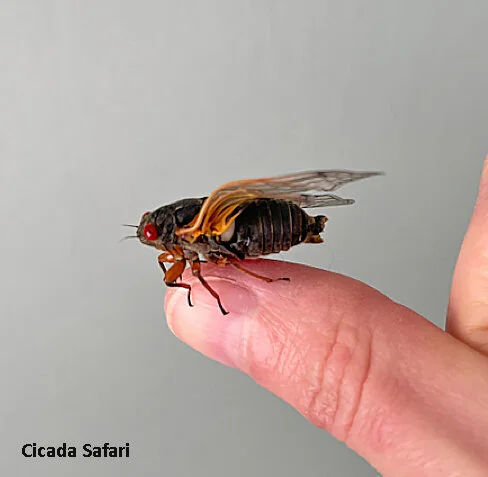4 Early Signs of Bed Bugs
Learn the Signs to Looks for so You Can Protect Your Home or Business from a Bed Bug Infestation
The age-old adage “Sleep tight, don’t let the bed bugs bite” is one that many of us heard while growing up, but didn’t give much thought.
But what the saying doesn’t tell us is that bed bugs in your home or business are a serious situation.
In fact, a bed bug infestation can be a nightmare — not exactly something that will leave you sleeping soundly during the night.
There are ways to prevent getting bed bugs, but sometimes even your best efforts to keep these pests away will be unfruitful.
Bed bugs are small, oval, brownish-colored insects that feed off of blood from humans or animals. And even though the pest does not fly, they can travel across furniture, floors, or walls.
A room with a bed bug infestation could mean finding the pest hiding in more places than just your bed.
The pest will hide in drawer joints, chair seams, electrical outlets or appliances, beneath loose wallpaper, even in the corner of a wall. Bed bugs can also be found behind pictures on the wall.
A female bed bug can lay hundreds of eggs over a lifetime. Each egg can be as small as a speck of dust. And can lead to an enormous problem.
If conditions are favorable, or if they go unnoticed, bed bugs can fully develop in as little as a month, then produce their own offspring.
An infestation can get out of hand quite fast, especially if you don’t notice the early signs of these pests.
1. Shells & Body Parts
Bed bugs are known for their ability to hide in cracks and crevices of bedding, mattresses, rugs, and furniture.
But what they aren’t known for is their ability to clean up after themselves. Whether it’s molted skin, blood from a meal, or fecal matter on sheets, pajamas, or furniture, bed bugs leave a mess whenever they are.
Talk about something that nightmares are made of.
If you suspect there are bed bugs invading your home, begin with inspecting the edges, crevices, and piping of mattresses, box spring, or furniture.
You may find bed bug shells — or molted exoskeleton, in varying sizes due to the different life stages of bed bugs.
As a bed bug begins to mature, they will shed their exoskeleton so that they may grow larger. This process is called molting, and a single bed bug can molt five times as they mature.
2. Blood, Fecal Matter & Eggs
During an inspection you may also find blood stains, fecal matter, or eggs.
A bed bug egg might be harder to spot because they are quite small — about the size of a pinhead. So, if you don’t know what to look for, you might miss the eggs.
Bed bug eggs and eggshells are typically a pale white or light yellow in color.
During your search, you may find dark brown or black-colored smears or spots. These spots are fecal matter left behind after the bed bug has enjoyed its feast.
These droppings can resemble a mark left behind from a felt-tip marker.
Rust-colored or red marks left behind on mattresses, chairs, carpeting, or other areas are blood stains caused by the pest being squished.
3. Smell
Thanks to their scent gland, bed bugs produce a smell similar to coriander. It can become quite overwhelming and unpleasant.
A home, hotel, or other business that has been plagued with a bed bug infestation will begin to smell like moldy shoes or moldy clothes after a period of time.
4. Bed Bug Bites
Bed bug bites can be painless at first but can quickly turn into itchy welts. Swelling and a rash around the bite can also occur.
But they are often confused for bites from other pests, like fleas and mosquitoes.
Unlike flea bites that are typically found around the ankle, bed bugs will opt for exposed skin while you’re sleeping.
So, a bite from a bed bug is most commonly found in a few places including the neck, arms, shoulders, and legs.
Bed bug bites can be itchy, red, and could appear to be in a cluster, zigzag pattern, or line. However, during the early infestation stages, a pattern might not be distinguishable.
If insect bites appear and you aren’t positive if it’s from a mosquito or flea bite, it’s time to take the sheets off your bed and inspect your furniture.
It’s important to keep the bite marks clean while they heal and avoid scratching. If pain, swelling, or itching persists you may have to consult with your doctor as it could be a reaction to the bite.
What to Do if You Have a Bed Bug Infestation?
Bed bugs can be quite difficult — nearly impossible — to get rid of on your own. Treatment to eliminate the infestation can be tedious, difficult to implement successfully, or dangerous if it is not executed properly.
If the treatment is not executed properly, it can also cause the pests to simply relocate, rather than eliminating the issue. Because of this, we do not recommend do-it-yourself treatments.
The Bed Bug Treatment & Removal program from Catseye Pest Control offers a tailored solution to fit the needs of your bed bug infestation — no matter how big or small.
After a thorough inspection, we can determine the best course of action to implement so that you can once again sleep peacefully at night.
In the event that you spot any of these bed bug signs either in your home or business, it’s important to contact a professional immediately. Rapid reproduction and growth cycles means a situation can go from bad to out of control in just a matter of days.
Our knowledge, equipment, and technical training allows us to properly treat the situation, so you do not run the risk injuring yourself or someone else.
To learn more about our Bed Bug Treatment & Removal program and how the process can work for you, contact our technicians today.
This article appeared first on Catseye Pest






















